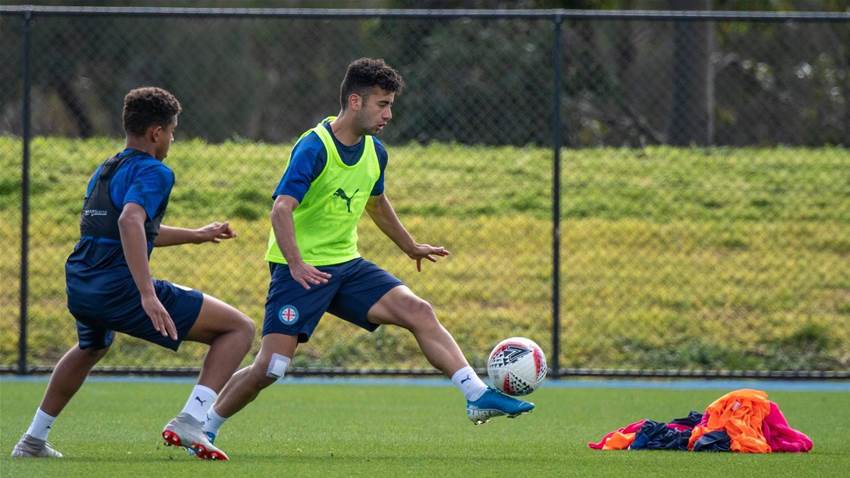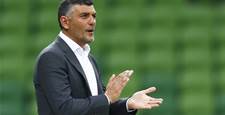It’s been raining goals in the Y-League in 2019/20.
Australia’s highest level of youth football has seen an absolutely astonishing 76 goals scored across its 15 matches so far this campaign, an average of just over five a game.
Indeed, not even at its halfway point, the competition has already seen scorelines of 8-3, 7-0, 6-6, 6-1 and 6-0 across its four rounds.
Though the Y-League has always been a free-scoring league – at this point last season 49 goals had been scored for just over three goals a game average – the action has been taken up another notch this year.
Leaving aside the gripes one can have about how there surely must be some sort of market that would tune into a simple stream of such an attacking competition, the question of just what is causing such an explosion of offensive productivity must be asked.
Though Australia being about to produce a new generation of attacking talent hitherto unseen on these shores might be the sexy answer, according to respected and long-time youth development coach and current Melbourne Knights Assistant Lachlan Armstrong, the real answer is likely more mundane.
“Just the timing of the A-League fixtures and the eligible players being involved with A-League,” Armstrong said when asked about the bounty of goals. “Depending on whatever weekend it may be, if an A-League team is playing on a Friday night then the youth team might get access to the players that have been on the extended bench.
“It may be very possible for a full-strength youth team to be playing an understrength team because the other team has got a lot of players involved in the A-League team on a Sunday.
“You’ve also got to take into consideration that there’s a lot of A-League clubs – and so they should – that see their training as a priority so kids are missing game time to shore up the numbers in training.
“I think a lot about defending is about playing with those alongside you and building those relationships and having an understanding of how each other plays.
“Players training with the A-League is fantastic and this is maybe a by-product of young players training in an A-league environment that are coming back virtually to just play games on the weekend.
“It is easier to set up teams in attack than it is in defence, especially if you don’t get to work with them day in and day out. Maybe that’s why we're seeing some average to poor defending, as a result.”
Casting his eyes further afield, Armstrong also said the current nature of youth football in Australia may lend itself to producing more high-scoring games, with fewer panel beaters being developed at the back that could stem the bleeding.
“In a development environment, you’re mostly concentrating on attacking principles and creating players,” he explained.
“Holistically, you’re coaching individuals to become a first-team player. Yes, you are doing it in a team environment but success for a youth coach is how many of those individual players are going to become contracted first-team players.
Related Articles

A-League unveils 'Unite Round', ditches Sydney GF call

ALW's Glory, Jets celebrate New Year's Eve in style
.jpg&h=172&w=306&c=1&s=1)












